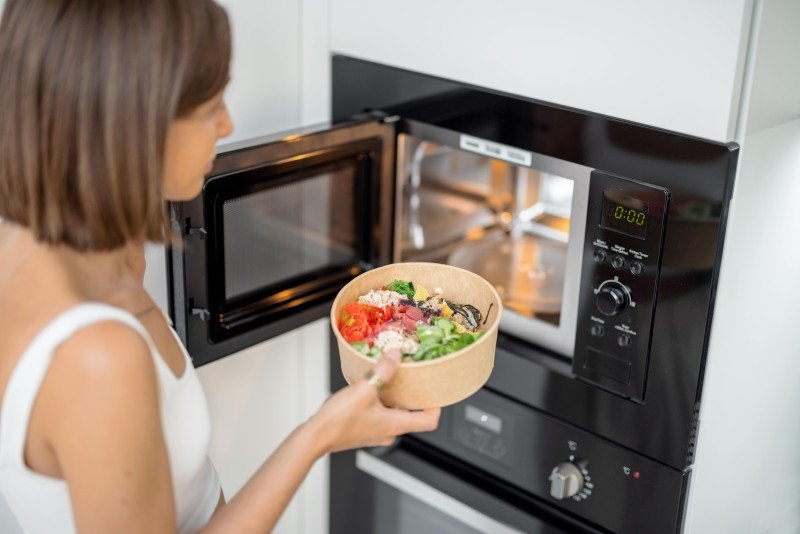Learn The Ovens And Hobs Tricks The Celebs Are Using
Understanding Ovens and Hobs: A Comprehensive Guide
Cooking has come a long way because the days of open flames and rudimentary cooking approaches. Today, ovens and hobs are at the heart of contemporary kitchen areas, supplying versatility, efficiency, and a selection of cooking options. Whether you are a newbie cook or a seasoned chef, understanding the differences, features, and functions of these appliances is essential for making the most of cooking potential. This short article breaks down the numerous kinds of ovens and hobs offered on the marketplace, their functionalities, and how to pick the best devices for your kitchen.
What is an Oven?
An oven is an enclosed space designed for heating and cooking food, offering numerous methods such as baking, roasting, and broiling. Fan Ovens For Sale can be found in various types, each serving distinct cooking preferences and requirements.
Types of Ovens
Conventional Ovens:
- Use gas or electrical power for heating.
- Typically consist of a heating component at the top and bottom.
- Suitable for basic baking tasks.
Convection Ovens:
- Use a fan to flow hot air, promoting even cooking.
- Appropriate for baking, roasting, and reheating.
- Decreases cooking time and improves taste.
Steam Ovens:
- Utilize steam to cook food while keeping moisture and nutrients.
- Exceptional for health-conscious cooking, such as vegetables and fish.
Microwave Ovens:
- Use electromagnetic radiation to heat food rapidly.
- Best for reheating leftovers or cooking simple meals.
Wall Ovens:
- Built into the wall, saving area in the kitchen.
- Offered in numerous setups, including single or double ovens.
Secret Features of Ovens
- Temperature level Control: Precision heating for different baking and preparing processes.
- Self-Cleaning Options: Some designs have self-cleaning modes that use heats to burn food residue.
- Smart Features: Wi-Fi connection permits remote pre-heating, tracking, and dish management through smart devices.
What is a Hob?
A hob is a cooking surface, frequently referred to as a range or cooktop, where cookware is put for heating. Hobs are readily available in various products, sizes, and heating approaches, dealing with diverse cooking requirements.
Kinds of Hobs
Gas Hobs:
- Utilize burner for direct flame cooking.
- Deal precise temperature control and are favored by numerous expert chefs.
Electric Hobs:
- Use electric coils or smooth tops.
- Some designs are geared up with induction technology, offering rapid heating through electro-magnetic energy.
Induction Hobs:
- Cookware needs to be made of magnetic materials.
- Really energy-efficient, providing quick heat and lowering burn risks.
Ceramic Hobs:
- Feature a glass-ceramic surface area with heating aspects beneath.
- Easy to clean however can be less energy-efficient than induction hobs.
Key Features of Hobs
- Burner Configuration: Varies from two to six burners, depending on design and size.
- Power Levels: Multiple settings permit higher accuracy in cooking.
- Security Features: Options like flame failure gadgets and kid lock settings guarantee safety throughout cooking.
Selecting the Right Oven and Hob
Choosing the right oven and hob for your kitchen involves careful factor to consider of various elements. Below is a list of questions to guide your choice procedure:
- What is your primary cooking style?
- How much kitchen space do you have?
- What is your budget plan?
- Do you choose gas or electric home appliances?
- Are additional functions like smart connectivity important to you?
Table Summary of Key Differences Between Ovens and Hobs
Feature
Oven
Hob
Functions
Baking, roasting, broiling
Boiling, frying, sautéing
Cooking Method
Enclosed heat
Direct cooking surface area
Temperature Control
Adjustable settings
Stove settings
Types
Electric, gas, convection, microwave
Gas, electric, induction, ceramic
Cooking Capacity
Larger (can prepare multiple meals)
Smaller (focus on instant cooking)
Cleaning
Self-cleaning options readily available
Usually manual cleaning needed
Upkeep Tips for Ovens and Hobs
Appropriate care and maintenance of your cooking home appliances extend their lifespan and performance. Here are vital upkeep pointers:
Regular Cleaning:
- Clean the oven interior after each usage to avoid residue accumulation.
- Clean down hob surfaces after preparing to avoid stains.
Check Seals:
- Ensure the oven door seals are undamaged to maintain energy effectiveness.
- Replace damaged gaskets and seals as required.
Examine Burners and Elements:
- For gas hobs, look for blockages in burners.
- For electric hobs, examine coils and surfaces for signs of wear.
Frequently asked questions
Can I use any pots and pans on induction hobs?
- No, induction hobs only work with magnetic cookware, such as cast iron or stainless steel.
What is the most energy-efficient cooking home appliance?
- Induction hobs are normally the most energy-efficient option, using less energy than conventional gas or electric models.
How often should I clean my oven?
- It's recommended to clean your oven every couple of months, or more often if you use it often.
Can I set up an oven and hob independently?
- Yes, both appliances can be set up individually based upon kitchen style and space.
What should I consider when setting up a gas hob?
- Guarantee correct ventilation and stick to regional security codes. It is recommended to have an expert install gas devices.
Understanding the features, types, and upkeep of ovens and hobs can significantly enhance your cooking experiences. Choosing Electric Ovens Online customized to your cooking style, kitchen area, and safety requirements can make all the distinction in attaining culinary success. By being notified about Cheapest Fan Oven , you can delight in a more efficient and enjoyable cooking journey, bringing delicious meals to your table with ease.
